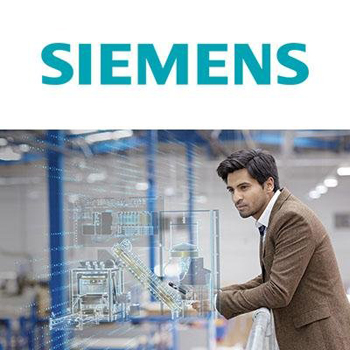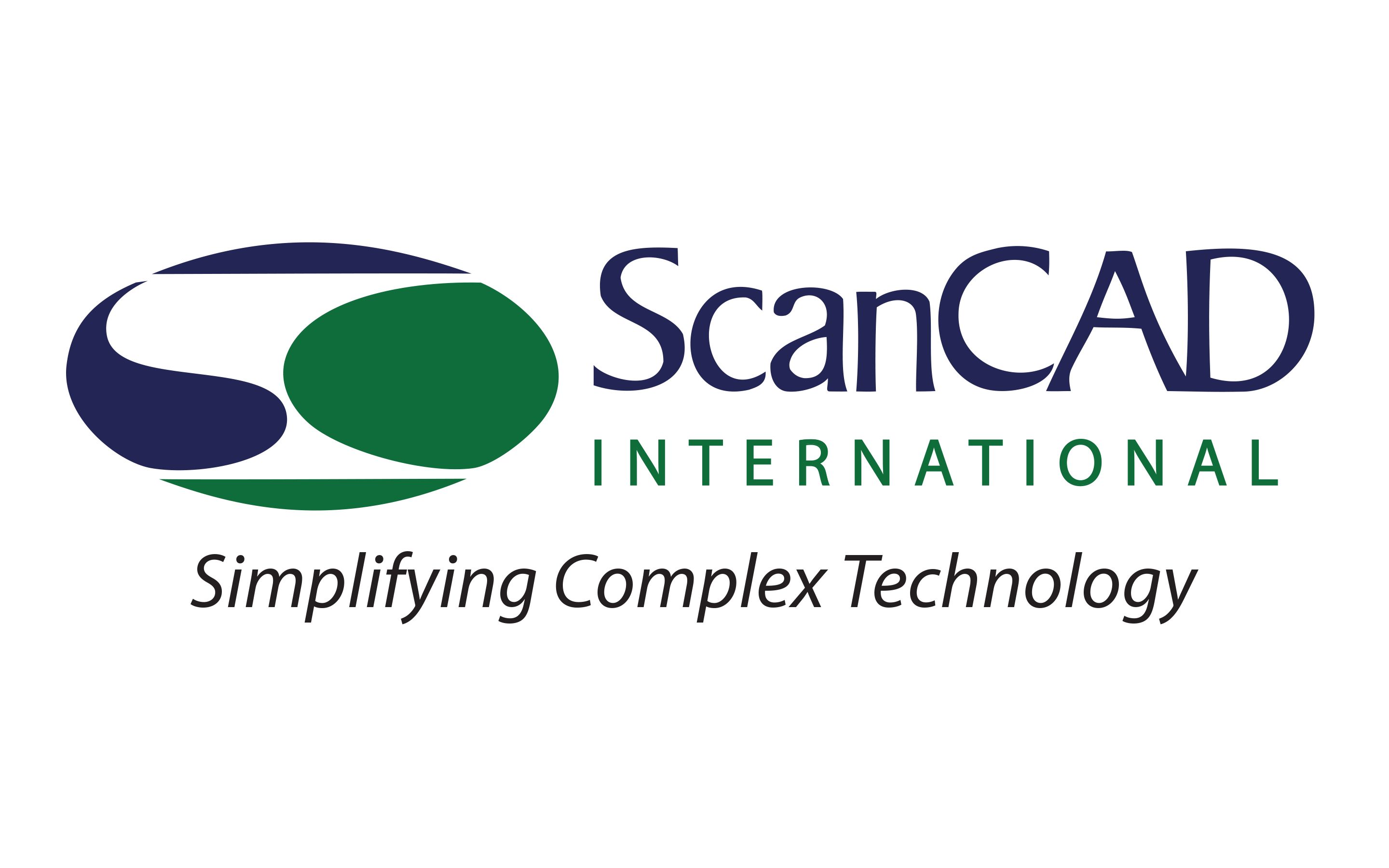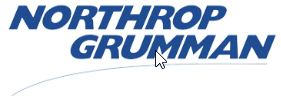Electronics Manufacturing Technical Articles
Papers and articles related to SMT, PCB & EMS industry.
- SMTnet
- »
- Technical Library
1826 SMT / PCB Assembly Related Technical Articles

One of the world's leading suppliers of integrated production systems, chemistry, equipment, know-how and service for electroplating, semiconductor and printed circuit board manufacturing.
Berlin, Germany

Symor Instrument Equipment Co.,Ltd
Climatest Symor® is the leading environmental simulation testing equipment manufacturer in China established in 2001, located at Dayang Industrial Park,Hefei,China.
Hefei, China

Symor Instrument Equipment Co.,Ltd
Climatest Symor® is the leading environmental simulation testing equipment manufacturer in China established in 2001, located at Dayang Industrial Park,Hefei,China.
Hefei, China

Symor Instrument Equipment Co.,Ltd
Climatest Symor® is the leading environmental simulation testing equipment manufacturer in China established in 2001, located at Dayang Industrial Park,Hefei,China.
Hefei, China

A leading global provider of product lifecycle management (PLM) and manufacturing operations management (MOM) software. Our Smart Innovation Portfolio helps manufacturers optimize their Digital Enterprise and realize innovation.
Plano, Texas, USA

Optimal Electronics Corporation
A global provider of innovative manufacturing execution system (MES) solutions for the electronics assembly industry.
Austin, Texas, USA

Global provider of Legacy PCB Re-Engineering Systems & Process Control Tools since 1990.
Conifer, Colorado, USA

With numerous facilities in the United States, we are one of the electronics industry's leading manufacturers of lead-free solder products, superior quality stencils, and precision cut parts.
Greeley, Colorado, USA

DfR Solutions (acquired by ANSYS Inc)
DfR Solutions has world-renowned expertise in applying the science of Reliability Physics to electrical and electronics technologies, and is a leading provider of quality, reliability, and durability (QRD) research and consulting
College Park,

Northrop Grumman is a global aerospace and defense technology company providing innovative systems, products and solutions to government and commercial customers.
Blacksburg, Virginia, USA
Pages: 1 2 3 4 5 6 7 8 9 10 11 12 13 14 15 16 17 18 19 20 21 22 23 24 25 26 27 28 29 30 31 32 33 34 35 36 37 38 39 40 41 42 43 44 45 46 47 48 49 50 51 52 53 54 55 56 57 58 59 60 61 62 63 64 65 66 67 68 69 70 71 72 73 74 75 76 77 78 79 80 81 82 83 84 85 86 87 88 89 90 91 92 93 94 95 96 97 98 99 100 101 102 103 104 105 106 107 108 109 110 111 112 113 114 115 116 117 118 119 120 121 122 123 124 125 126 127 128 129 130 131 132 133 134 135 136 137 138 139 140 141 142 143 144 145 146 147 148 149 150 151 152 153 154 155 156 157 158 159 160 161 162 163 164 165 166 167 168 169 170 171 172 173 174 175 176 177 178 179 180 181 182 183








